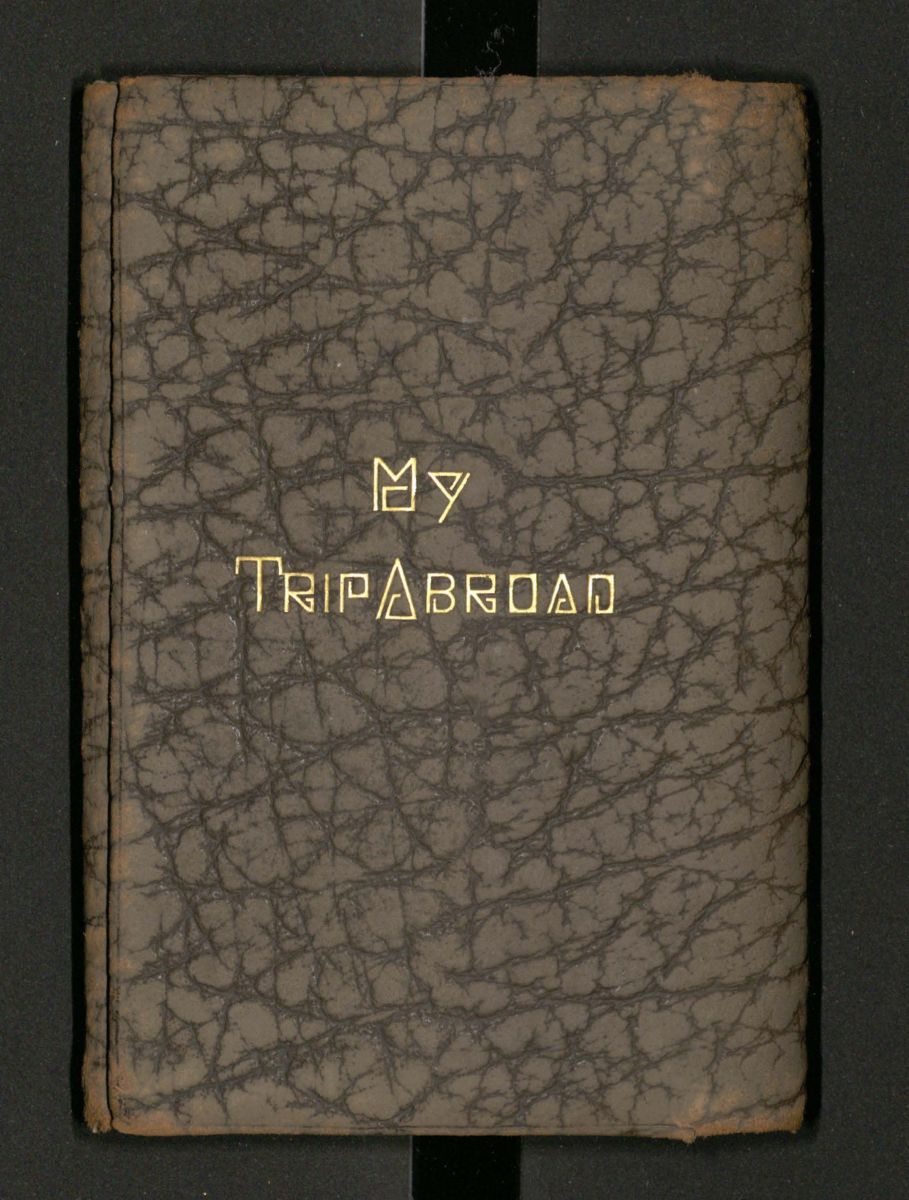 Edith Gibbons's travel diary
Edith Gibbons's travel diary
(SC 00459)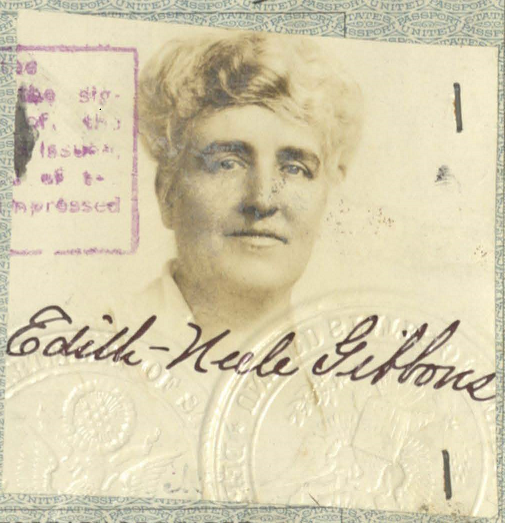 Edith Gibbons
Edith GibbonsOn December 25, 1918, Edith Neele Gibbons, of Cleveland, Ohio, was aboard the S. S. Coronia en route to London. She writes in her diary, “Excellent dinner. Singing and dancing. Christmas ended as the best I had.” Adjacent entries echo this enthusiasm: December 27th ends, “Dances every evening. Enjoying every minute,” just as December 28th begins, “A most glorious day – wonderful sky – beautiful water.” Descriptions like these fill Gibbons’ journal, a trifold travelogue whose brown leather cover now deteriorates from red rot, but whose interior illustrations of maritime funnels and house flags remain as vibrant as ever. Gilded lettering on the diary’s cover reads, “My Trip Abroad,” but Edith Gibbons’ journey across the Atlantic Ocean was more than mere vacation. She was traveling with the Young Women’s Christian Association (YWCA), supplying food and medical aid to soldiers in England and France.
We rightfully think of war as a destructive, divisive force, borne of the conflicts between global superpowers and the discretion of top-level leaders, all of whom have historically been men. Ironically, however, an inevitable side effect of war is the formation of community. War connects individuals who would have otherwise never met, and necessitates collaboration among diverse groups of people, not just those at the front lines of combat. War divides, but it can also unite.
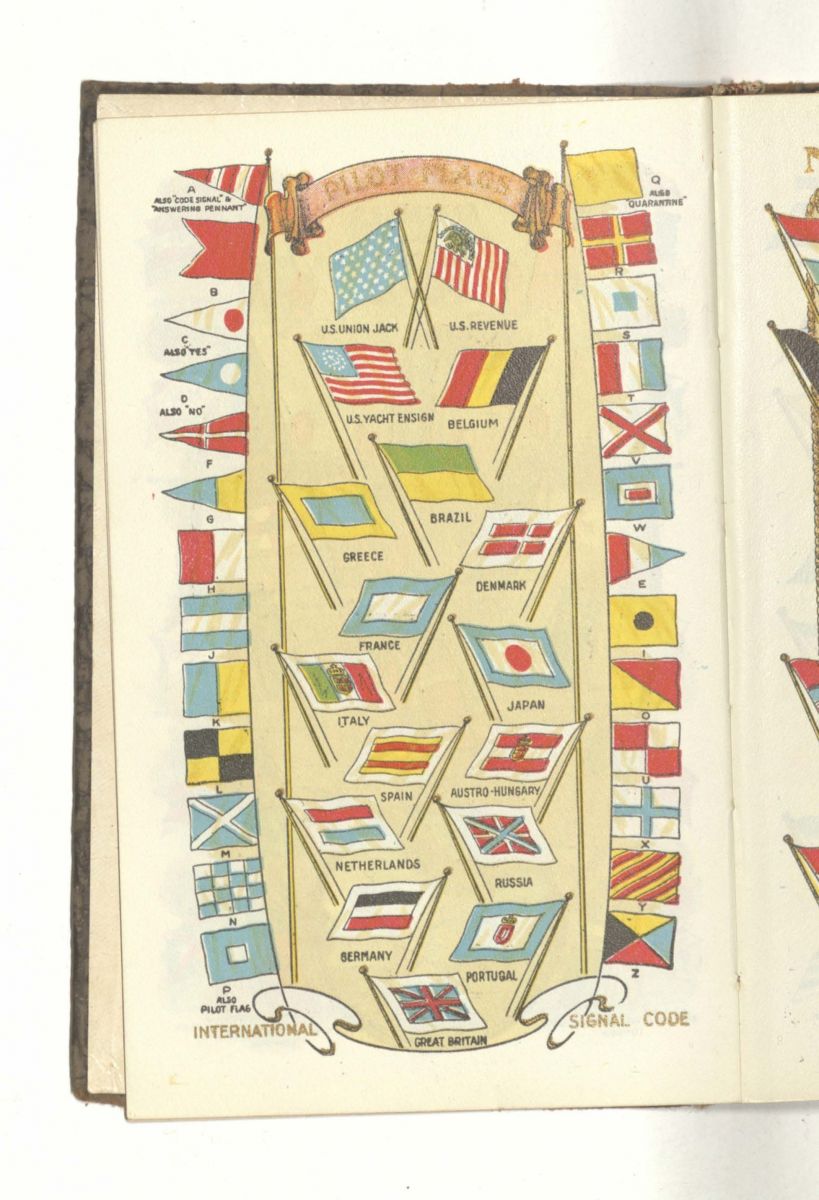 Page from Edith Gibbons's
Page from Edith Gibbons's
diary.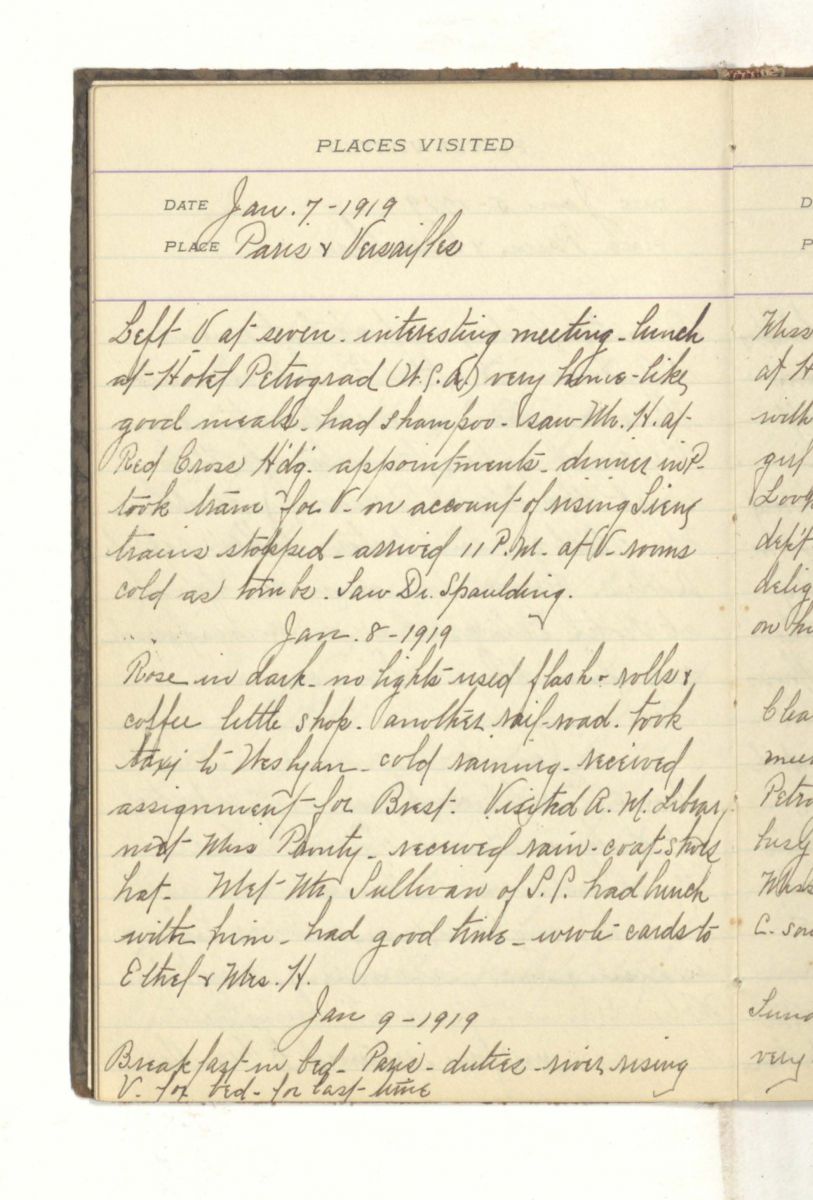 Entry from Gibbons's diary
Entry from Gibbons's diaryIn 1918 women in the United States were still disenfranchised, and denied the political power to determine their own country’s role in World War I; nevertheless they served in organizations that endeavored toward peace, healing, and uncompromising compassion. Women involved themselves in the war as nurses, cooks, and needleworkers. When formal systems of power excluded them, women organized in their own formations, often across borders, cultures, and languages.
Edith Gibbons began her work with the YWCA at the end of the war, and remained in Europe until 1919. Her most evocative diary entries describe her interactions with German prisoners of war held in Brest, France. She affectionately calls them “the boys” and serves them lunch, tends to their wounds, and listens to their stories just as she would an American comrade. Documenting their injuries and recovery, even in the most mundane description, creates a narrative for these victims of war that may never otherwise exist. Gibbons uses her own voice to legitimize the horrors of war and give a story to those who were caught in the crossfires.
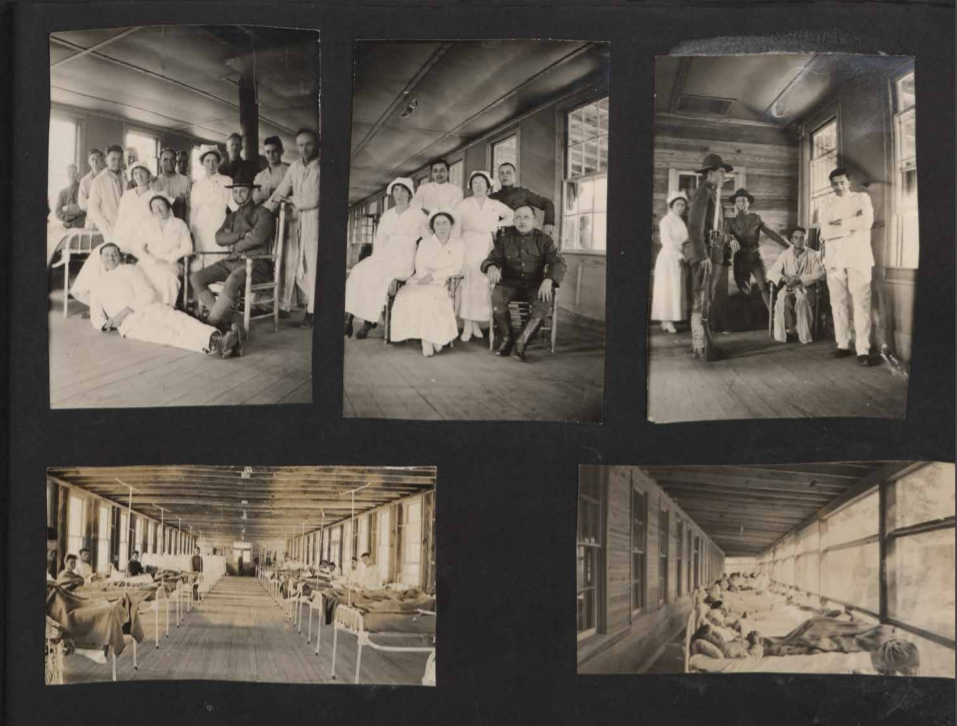 Clara Lawrence Photo Album, 1916-1920
Clara Lawrence Photo Album, 1916-1920Another young woman, Clara L. Lawrence, of Rochester, New York, worked with the American Expeditionary Force--in conjunction with the YWCA and the American Red Cross--as a WWI nurse in France. A photo album belonging to Lawrence features one-of-a-kind black and white photographs of both the physical geography and human landscape of wartime Europe. Photographs of nurses standing alongside wounded soldiers blur the distinctions between nationalities and gender, and challenge the image of war’s rigidity and violence with a lasting double exposure that champions hope and resilience. Many of Lawrence’s photographs appear to be candid, capturing an array of unfiltered human emotion and movement in one frame.
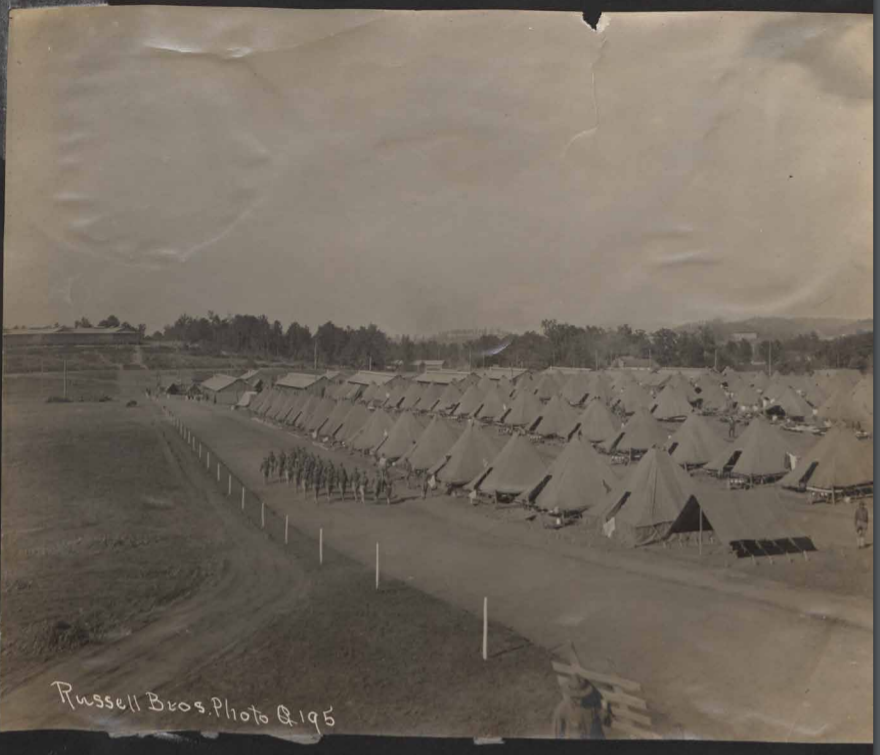 Photo from Clara Lawrence's album
Photo from Clara Lawrence's album
Manuscripts belonging to women who served in World War I, like those created by Gibbons and Lawrence, do not attempt to write away the horrors of war with smiling photos and stories of cheerful holiday parties. Rather, they present a perspective of war often missed in the dominant narrative of history. Diaries, travelogues, and scrapbooks created by the women in WWI reveal the war’s impact on everyday life and seek to preserve and celebrate the humanity that war threatens to take from everyday people. As we commemorate both the 100th anniversary of the end of World War I and the 100th anniversary of women at William & Mary, visit Special Collections to learn more about the history of women navigating a male-dominated military and documenting their own stories.
Written by Jacob Hopkins, Mosaic Fellow
Sources mentioned:
Clara L. Lawrence Papers, Special Collections Research Center, Swem Library, College of William and Mary. https://scrcguides.libraries.wm.edu/repositories/2/resources/175 Accessed October 15, 2018.
Edith Gibbons Diary. Special Collections Research Center. https://scrcguides.libraries.wm.edu/repositories/2/resources/7530 Accessed September 21, 2018.
Other relevant SCRC collections (women + WWI):
Francis G. Hoppin Papers, Special Collections Research Center, Swem Library, College of William and Mary https://scrcguides.libraries.wm.edu/repositories/2/resources/915 Accessed September 21, 2018.
Goodwin Family Papers, Special Collections Research Center, Swem Library, College of William and Mary. https://scrcguides.libraries.wm.edu/repositories/2/resources/2432 Accessed September 21, 2018.
World War I Nurse Diary (Europe). Special Collections Research Center. https://scrcguides.libraries.wm.edu/repositories/2/resources/5588 Accessed October 15, 2018.